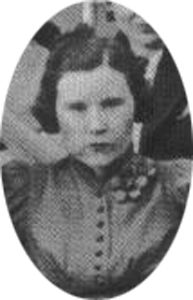Clive – – – as told by Mildred Swanson

Mildred Swanson
The titles listed in the right sidebar are a collection of stories and articles written by Mildred in the 1960s to the 1980s. They are hers and hers alone and give us some insight as to what Clive was like in the early years – at least from her view point. Please respect these stories. They are all we have, for no one else has come forward with any other descriptions. PLEASE do NOT copy. They are her legacy for everyone and she very much wanted them to be published. Never in her wildest imagination could she have foreseen that they could be shared in this manner.
–Linda Shanks